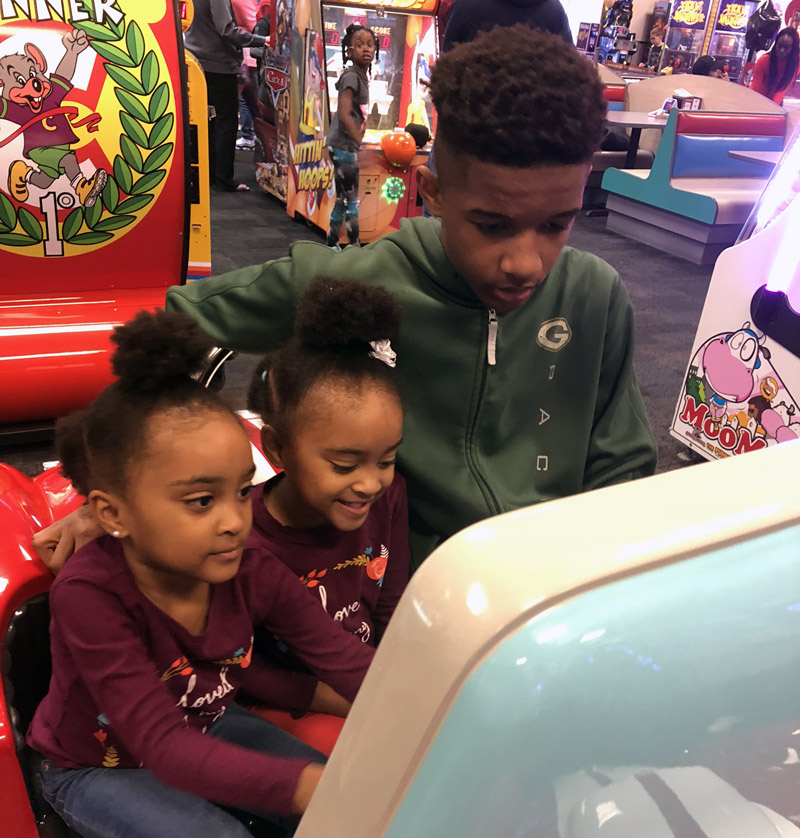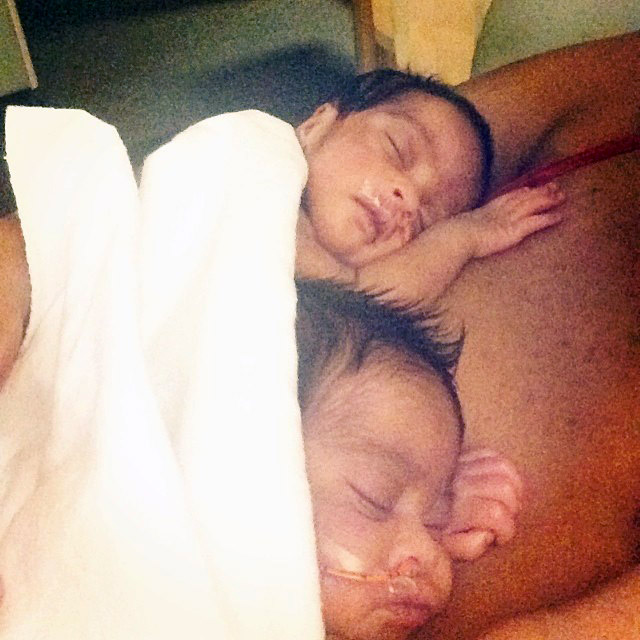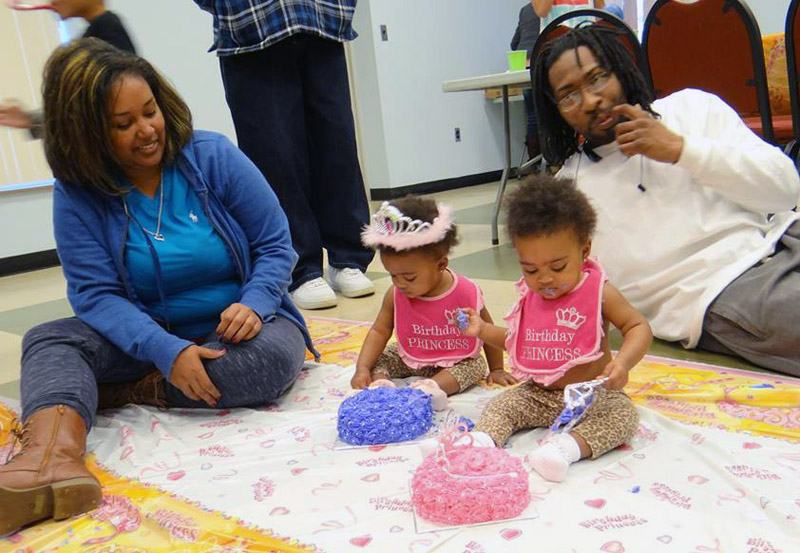
Basketball Player
KNOWN IN REAL LIFE AS:
OLIVIA LEE
SUPERPOWER:
SHOOTING A BASKETBALL
DIAGNOSIS:
SICKLE CELL DISEASE

Meet Basketball Player at the FirstEnergy Akron Marathon, Half Marathon & Team Relay
on September 29.
Meet Basketball Player
Olivia Lee, Age 4, from Canton, Ohio
Why Ava and Olivia are #ACHero patients: Identical twins Ava and Olivia were born 2 months premature and with the same sickle cell disease. Through regular checkups, proper diet, medications and blood transfusions, the girls work hard to manage pain episodes caused by the disease so they can focus on doing the things they enjoy most.
Sidekicks: Her mom, dad, twin sister, Ava, older sister, Allona, and big brothers, Christian and Antonio, and the cat, Minnie
When she’s not busy overcoming obstacles: Olivia enjoys gymnastics and loves playing basketball, especially with her big brother, Antonio. In fact, she used her own birthday money to buy Michael Jordan basketball shoes just like her brother’s!
Did you know: Olivia learned to snap her fingers when she was 3 and wouldn’t stop practicing with her sister, Ava, until she learned how to do it, too.

Ava and Olivia’s story: Identical twins, Ava and Olivia, have a lot in common – their good looks, their birthdays and their sickle cell disease.
Born 2 months premature, Ava and Olivia made their first visit to Akron Children’s Hospital as patients in the neonatal intensive care unit (NICU). Here, the girls had their newborn screening checks and were carefully monitored to help them develop and grow on their own.
“I remember talking with doctors about the girls’ newborn screening tests, which revealed they both tested positive for sickle cell disease,” said Megan Lancaster, Ava and Olivia’s mom. “I was scared for them at first, but the hematologists and nurses had a lot of good information to share and helped us understand what their diagnoses meant and how to care for them.”

The girls were diagnosed with Hemoglobin SC disease (SCD), a genetic red blood cell disorder in which red blood cells are shaped like crescents or sickles. These c-shaped red blood cells can become hard and sticky, so blood vessels can get clogged, causing pain, anemia, infections and even stroke.
“The nurses were really kind and told me it (SCD) isn’t a death sentence for the girls,” said Megan. “It’s a part of them, but they can live with it if we stay informed and manage their condition.”
After the girls graduated from the NICU, they were referred to the hospital’s Showers Family Center for Childhood Cancer and Blood Disorders to meet with specialists in the Sickle Cell Program. Unlike their temporary stay in the NICU, the hospital’s Sickle Cell Center would become the girls’ support system through adulthood.
Pain is one of the most common symptoms of SCD and the first one the twins experienced.
“Olivia was 9 months old when she experienced her first pain episode in her legs,” said Megan. “Even though I knew this could happen, it was hard to see her in pain. I was thankful for the care the nurses provided to get Olivia comfortable…and Ava was right by her side to comfort her, too.”

Beyond managing pain episodes, the twins come to the Center for an annual comprehensive exam – from blood tests and eye exams to heart and brain scans – to check on their health. Their team, which includes dietitians, physical therapists, genetic specialists, psychologists and social workers, record changes in the girls’ health, address any problems and talk with the family about changes to expect as the girls get older.
“The girls suffer from anemia, so we’ve learned that they may tire more easily or not grow as fast as their friends but that this is common, not a red flag,” said Megan. “Knowing the signs and symptoms to look for, especially to avoid a crisis (chronic pain episode), are so important. We share the information with the girls’ teachers and extended family to make sure everyone knows what to look for to help them and avoid pain triggers.”

Since there is no cure for sickle cell disease other than a bone marrow transplant, the girls manage their symptoms with blood transfusions and daily medications. They also adhere to a diet full of vegetables and fruit, get plenty of rest and take in lots of fluids to help prevent infections and pain from occurring.
“The nurses are beyond wonderful and are always available if we need them…the girls are always there for each other, too,” said Megan. “The girls give each other hugs and kisses when they know the other one is in pain. They help one another, which I think will help them get through anything the disease may put them through.”



